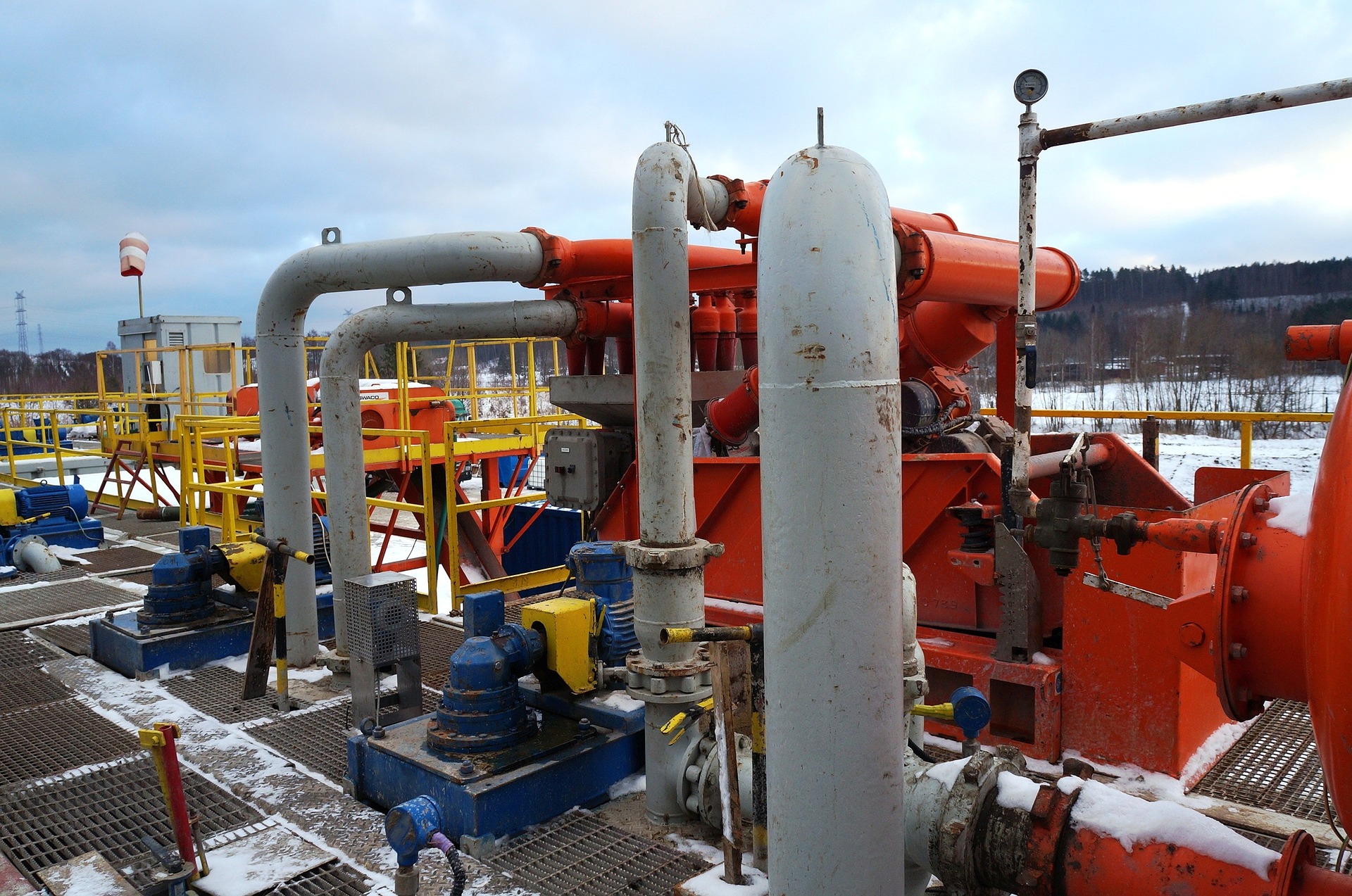Superior Oilfield Rentals oilfield: technology innovations shaping drilling work
Everything About Oil Field Equipment and Pipeline Equipment: Key Insights and Important Information
Oil field equipment and pipeline systems play a crucial role in the oil and gas sector. They are crucial for the reliable extraction and transportation of hydrocarbons. Key elements, such as drilling rigs and tank, straight effect functional success. Advancements in technology guarantee to enhance safety and effectiveness. Understanding these elements is essential for any person associated with or interested in this complex sector, as it establishes the stage for much deeper expedition of sector techniques.

Introduction of Oil Field Equipment
As the need for oil proceeds to grow, recognizing the equipment made use of in oil fields ends up being progressively important. Oil field equipment incorporates a vast variety of equipment and devices crucial for exploration, removal, and handling. Key components consist of piercing rigs, which are essential for reaching oil storage tanks, and manufacturing tools, such as separators and pumps, that promote the removal process. Superior Oilfield Rentals oilfield. Furthermore, tank play a substantial role in holding unrefined oil before transport. Safety tools, including blowout preventers and stress assesses, ensures functional security and performance. Each tool features cohesively to optimize production and preserve efficient process. Experience with this equipment is crucial for specialists in the market to ensure successful operations and adherence to security requirements
Kinds of Drilling Rigs and Their Applications
Drilling rigs function as the foundation of oil extraction operations, with various kinds made for details geological conditions and functional requirements. The most usual kinds include rotating exploration rigs, which use a revolving drill bit to pass through the earth, and cable television tool rigs, known for their percussion drilling method. For overseas operations, jack-up rigs and semi-submersible rigs provide security and assistance in aquatic environments. Additionally, directional drilling rigs enable drivers to pierce at angles, getting to down payments that are not vertically available. Each gear kind has distinct advantages, maximizing efficiency and safety based on the exploration environment. Selecting the ideal rig is important for making the most of source removal while lessening ecological impact and functional expenses.

Crucial Pipeline Equipment and Their Functions
Pipeline infrastructure is essential for the transport of oil and gas from removal websites to refining facilities and end-users. Various essential equipment components facilitate this process. Pipelines themselves act as the primary conduits, created to hold up against high pressure and corrosive compounds. Pump stations are important for preserving flow by improving stress along the pipeline. Valves play an important role in regulating circulation and separating areas for maintenance. Additionally, fittings and adapters assure protected joints between pipeline sections. Checking systems, including circulation meters and stress sensors, are essential for spotting leakages and maximizing flow prices. Pigging devices is used for maintenance and cleaning, securing pipeline honesty and effectiveness. Together, these parts create the foundation of a reputable pipeline system.
Innovations and Technologies in Oil and Gas Equipment

Security and Maintenance Practices in the Oil Industry
While the oil market has made considerable strides in technology and effectiveness, the relevance of robust security and maintenance methods can not be reference overstated. Reliable safety and security methods are important to protect employees and the environment, reducing the danger of mishaps and spills. Routine assessments and upkeep of devices help determine potential problems prior to they intensify, making sure functional honesty. Training programs for employees are important, highlighting the significance of safety understanding and emergency situation feedback procedures. Furthermore, adherence to sector guidelines and criteria promotes a culture of safety and security. Carrying out advanced tracking innovations can further boost maintenance practices, permitting real-time assessments of equipment conditions. Inevitably, prioritizing safety and security and upkeep is important to the sustainability and success of the oil sector.
Regularly Asked Questions
What Are the Environmental Impacts of Oil Field Equipment?
The ecological impacts of oil field equipment consist of environment devastation, water contamination, and air contamination (Superior Rentals near me). In addition, tools malfunction can result in spills, negatively impacting wild animals and communities, highlighting the demand for rigorous regulations and surveillance
Just How Is Oil Field Equipment Transported to Remote Locations?
Carrying oil field equipment to remote locations frequently entails customized lorries, helicopters, or barges. Logistics business coordinate paths, making sure equipment gets here securely and efficiently, considering surface and ease of access to minimize hold-ups and make best use of performance.
What Regulative Requirements Govern Oil Field Equipment?
Governing requirements controling oil field equipment primarily include safety and security, environmental management, and operational efficiency guidelines. Agencies such as OSHA and EPA implement these laws to ensure safe techniques and lessen environmental gas line pipe effect in oil extraction procedures.
What Skills Are Needed to Run Oil Area Equipment?

How Do Oil Prices Impact Equipment Demand and Use?
Oil prices greatly influence devices need and usage. Greater rates generally cause raised expedition and manufacturing activities, driving demand for equipment. Alternatively, reduced prices may result in lowered operations and lowered demand for equipment.